Hyundai Veloster (2013-2015) Review
Written by David Ross
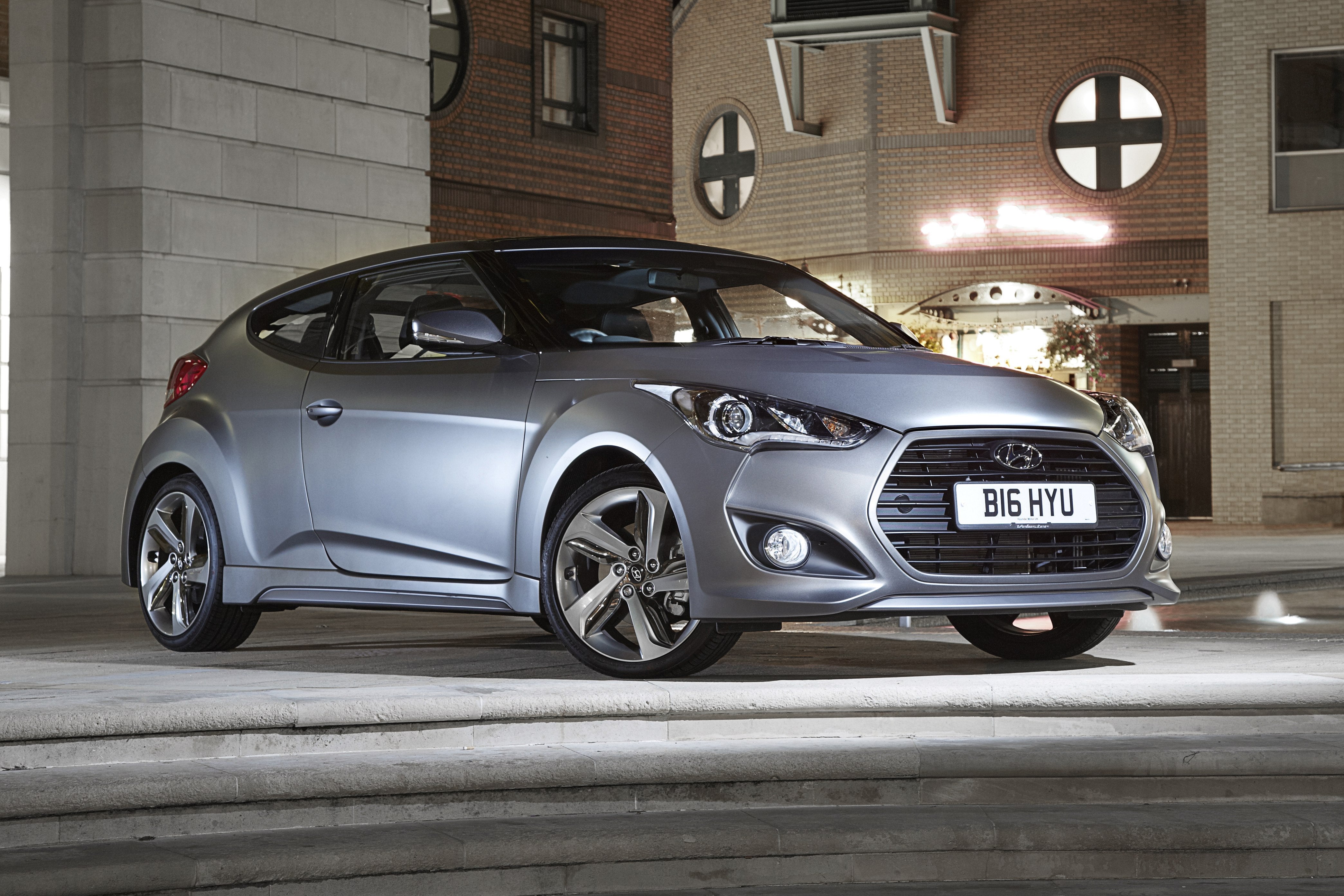
- 2013
- Coupe
- Petrol
Find your perfect Audi with heycar
Quick overview
Pros
- Remains one of Hyundai’s best handling cars
- Turbo model adds some much needed gusto
- Good value for money thanks to generous standard kit
Cons
- Standard petrol engine is thirsty and not very quick
- Few around on the used market
- Panoramic roof severely limits head room in the front
Overall verdict on the Hyundai Veloster
"In this Hyundai Veloster review we are looking at something of a forgotten contender in the coupe sector. On sale in the UK for a little over two years, the Veloster was attractive - if quirky - with its design but crucially was also good to drive. In fact the biggest issue you'll have is finding one."
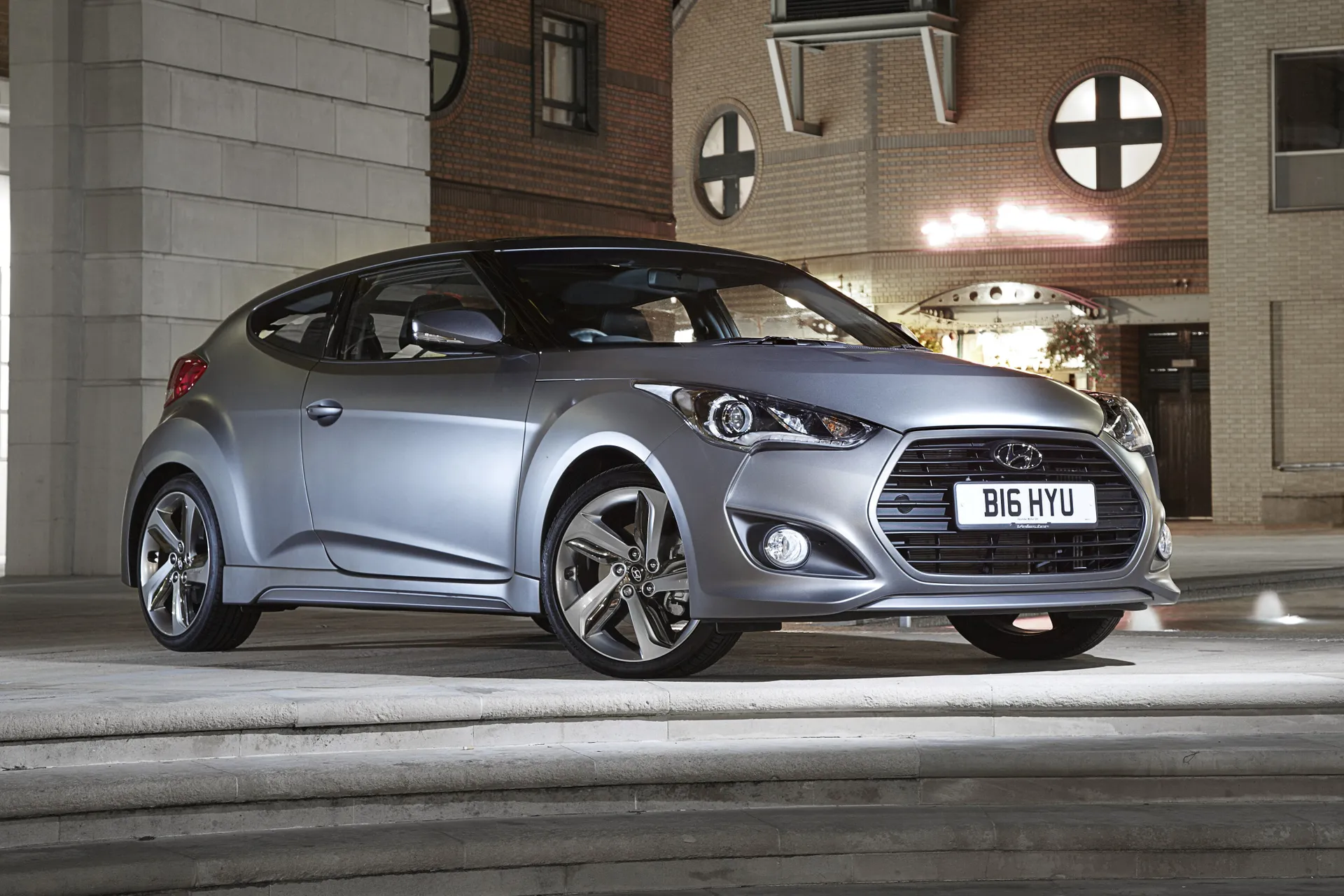
The Hyundai Veloster's looks are best described as ‘challenging’ - we do wonder if the person who designed the front end actually ever met their counterpart working on the rear. But it is at least different and you’re unlikely to see many around, such was the low number sold.
While it’s a coupe, if you look carefully you will notice it’s not quite symmetrical. On the passenger side there’s actually a rear door, cleverly concealed with a ‘hidden’ door handle, which is at least a nod to practicality and means getting in and out of the back seats is a lot easier than on a standard two-door coupe.
The interior is actually surprisingly spacious for a small coupe and a couple of growing teenagers can happily sit in the back without folding their legs like some sort of origami design. Only the lack of headroom lets it down.
The Hyundai Veloster remains one of Hyundai’s more impressive handling cars and is actually quite good fun to drive - a rare thing to say about a Hyundai, even now. The ride isn’t great though, with a firm set-up that’s not very pleasant on standard models. Strangely, it’s a lot better on Turbo SE models even though they get stiffer suspension.
The standard 1.6 GDi looks like it should be quick enough with 140PS but in reality it needs to be worked hard to get the best out of it and soon becomes noisy. The 1.6 T-GDi Turbo is much better and adds some gusto to the Veloster, although it still doesn’t feel as quick as the figures would suggest.
The other problem here is that Turbo models come with a panoramic roof as standard which robs the car of headroom and anyone approaching six feet tall will feel cramped. You can’t have your cake it seems…
Refinement could also be better and despite Hyundai’s best attempts to minimise sound, the Veloster is noisy on the move, with a lot of road noise. Push the 1.6 GDi and all you’re rewarded with is a boomy engine note.
The Hyundai Veloster is a bit of a mixed bag then. We like its looks and the Turbo model is certainly entertaining, plus it actually handles well. You can certainly have fun driving one. But the lack of headroom, the cabin noise and the underwhelming performance of the standard 1.6 GDi count against it. Against the likes of the Toyota GT86 and Volkswagen Scirocco, it’s tough to make a case for the Hyundai Veloster.
Is the Hyundai Veloster right for you?
If you want a coupe that stands out and is a bit different from the usual suspects, the Hyundai Veloster could be right up your street. It’s hardly the most practical of cars of course - what coupe is - but the unusual three-door at least means the back seats are useable.
The Hyundai Veloster is a rare sight so it has appeal if you’re someone who doesn’t follow the herd and wants to make a statement. Although we’re not quite sure what that statement is. It’s at least quirky and not many people will know what it is. You get a lot for your money though with lots of standard kit on all models.
What's the best Hyundair Veloster model to choose?
While the turbocharged 1.6-T-GDi model is the best in the range, we think the standard 1.6 GDi SE represents the best value for money and is cheaper to run and insure too. There are also more of them around on the used market, with the turbo version much harder to find.
The Hyundai Veloster SE was the entry-level model and gets all the kit you’ll need but there’s not much difference between that and the Sport on the used market. The latter would seem better value then as it gets extras like 18-inch alloys and heated seats. However, it also has a panoramic roof which cuts headroom and means anyone reasonably tall will struggle to sit comfortably.
What other cars are similar to the Hyundai Veloster?
The Volkswagen Scirocco is the first car that springs to mind when you’re talking about affordable coupes. It was very popular during its lifetime and there’s a big used market for them. You may not get as much kit for your money, but the Scirocco comes with a wider choice of engines and trims.
We’d also suggest the excellent Peugeot RCZ which is one of the best looking coupes around thanks to its beautiful lines while the Toyota GT86 is superb to drive. Don’t forget the MINI Coupe either.
There are plenty of three-door hatchbacks that were essentially called coupes at the time. Stuff like the SEAT Leon SC and Renault Megane Coupe, but they’re not quite true coupes in the same way as the Veloster.
Comfort and design: Hyundai Veloster interior
"It may look quite ordinary now but when it was launched in 2012, the interior of the Hyundai Veloster was quite adventurous. For a Hyundai at least. It was different enough from the i30 that it didn’t feel like a copy and paste job from one of Hyundai’s hatchbacks."
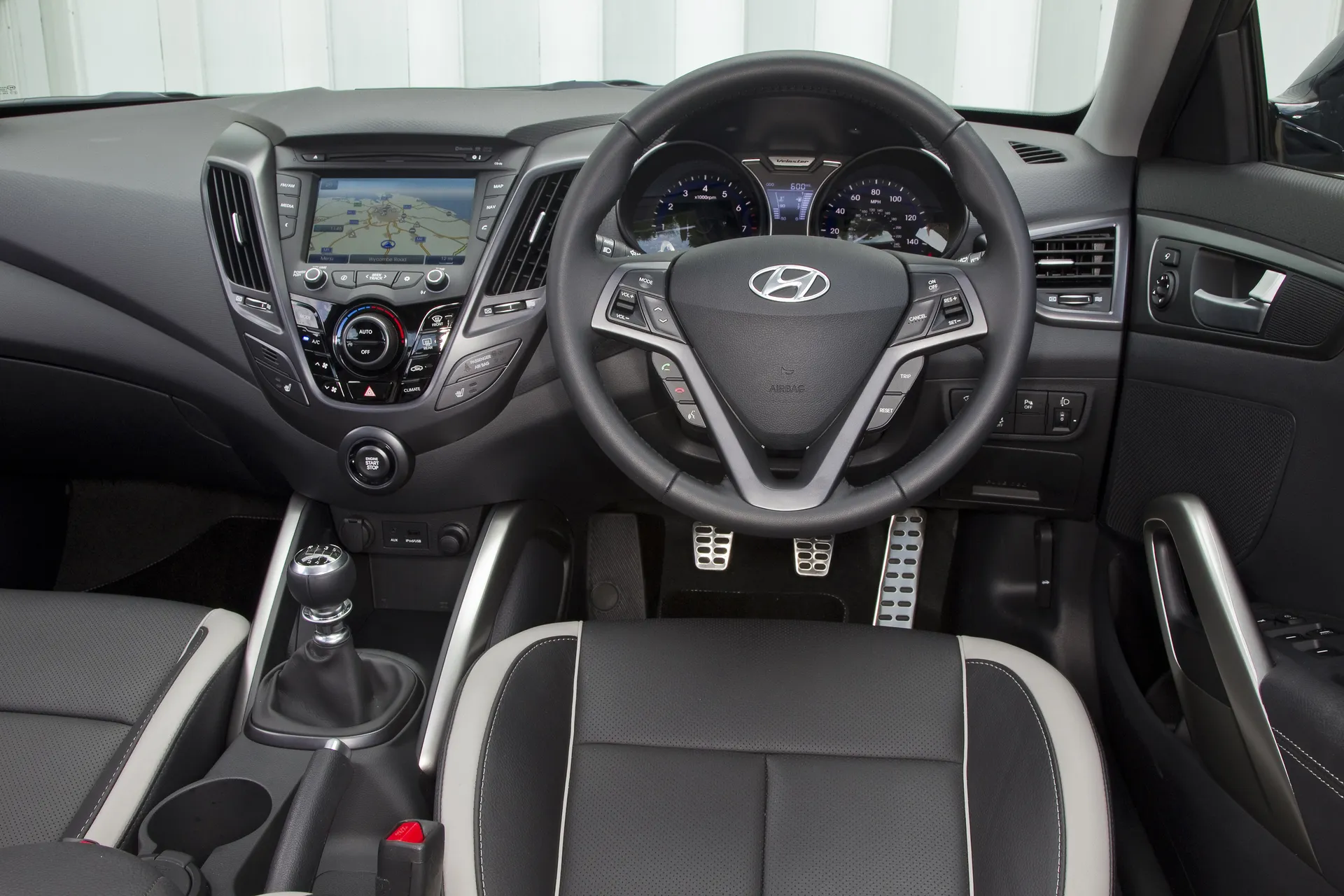
It’s all very well laid out with a big colour screen set in the dash top and simple to use air conditioning controls below that. It means everything is easy to use on the move and you’re not scrabbling around down near the gear lever trying to change the temperature.
The driving position is very good and after a bit of adjustment, the Hyundai Veloster is surprisingly comfortable. Although there is a big caveat here. This is very much dependent on the trim. The problem is the panoramic sunroof that’s standard on Sport models. It’s a nice idea but the extra thickness cuts into headspace.
The result is that anyone close to 6ft tall will find their head up against the roof lining, even if you adjust the seat down to its lowest. It means you can never truly get comfortable and you end up hunched forward. Your osteopath will not approve.
Quality and finish
There’s no denying the Hyundai Veloster is a well put together car. It’s what we’ve come to expect from Hyundai, but the quality could be better in places. There are some hard plastics around, for instance around the handbrake. While they don’t feel cheap or scratchy they’re not exactly pleasant either.
There are other things too like the indicator and wiper stalks which are dated compared to the rest of the interior. These are only small details and hardly deal-breakers, but it still detracts a little from the overall quality of the Hyundai Veloster’s interior.
Maybe we’re nit-picking here as the actual build quality of the Hyundai Veloster is very good. There are no squeaks and rattles while all the buttons work with satisfying precision. It’s certainly on a par with rivals like the Toyota GT86 and Peugeot RCZ.
Infotainment: Touchscreen, USB, nav and stereo in the Hyundai Veloster
With a 7.0-inch colour touchscreen standard on all models, the Hyundai Veloster still has a modern feel to it. The system looks decent, if not the most stylish but crucially, it’s easy to use with clear menus and not too many hidden functions.
The standard infotainment gets DAB, Bluetooth and even voice recognition. The Sport model could be had with a media pack as an optional extra. This added navigation, a rear view parking camera, along with an amp and a subwoofer for when you want to listen to your Europop very loudly.
Space and practicality: Hyundai Veloster boot space
The one thing that stands out on the Hyundai Veloster is the odd three-door design. And we don’t mean three doors including the tailgate. Like the MINI Clubman of the same era, the Hyundai Veloster has an asymmetrical design with one door for the driver but two doors on the passenger side.
This means getting into the back seats is much easier than a standard two-door coupe. In other words you don’t need to be a yoga guru to manage it. In fact, for a small car, there’s actually a surprising amount of room in the Hyundai Veloster.
We’re not suggesting you stick the kids and the dog on the back and drive to France in it, but there’s enough room that even growing teens will find decent legroom in the back. The problem is headroom which is limited because of the low roof. The fact the rear screen starts so far forward means you sit under the rear glass, adding to the compromised feel.
There's a usefully large boot though with 320 litres of space which is on par (a little bigger in fact) than a Ford Focus from the same era. Yes, it has an awkwardly high load lip because of the odd design, but it will easily cope with a big shop. Like the interior, there’s a lot more space than you’d imagine from a car that’s only four metres long.
The Hyundai Veloster dimensions are 4220mm long, 1790mm wide and 1399mm tall.
Handling and ride quality: What is the Hyundai Veloster like to drive?
"The Hyundai Veloster sticks to the notion that it’s a sporty coupe with a firm ride. It’s fine on smooth roads (of course most cars are) but it gets pretty bouncy on rough surfaces while on a country back road it’s far from pleasant, even on the smallest 17-inch wheels. "
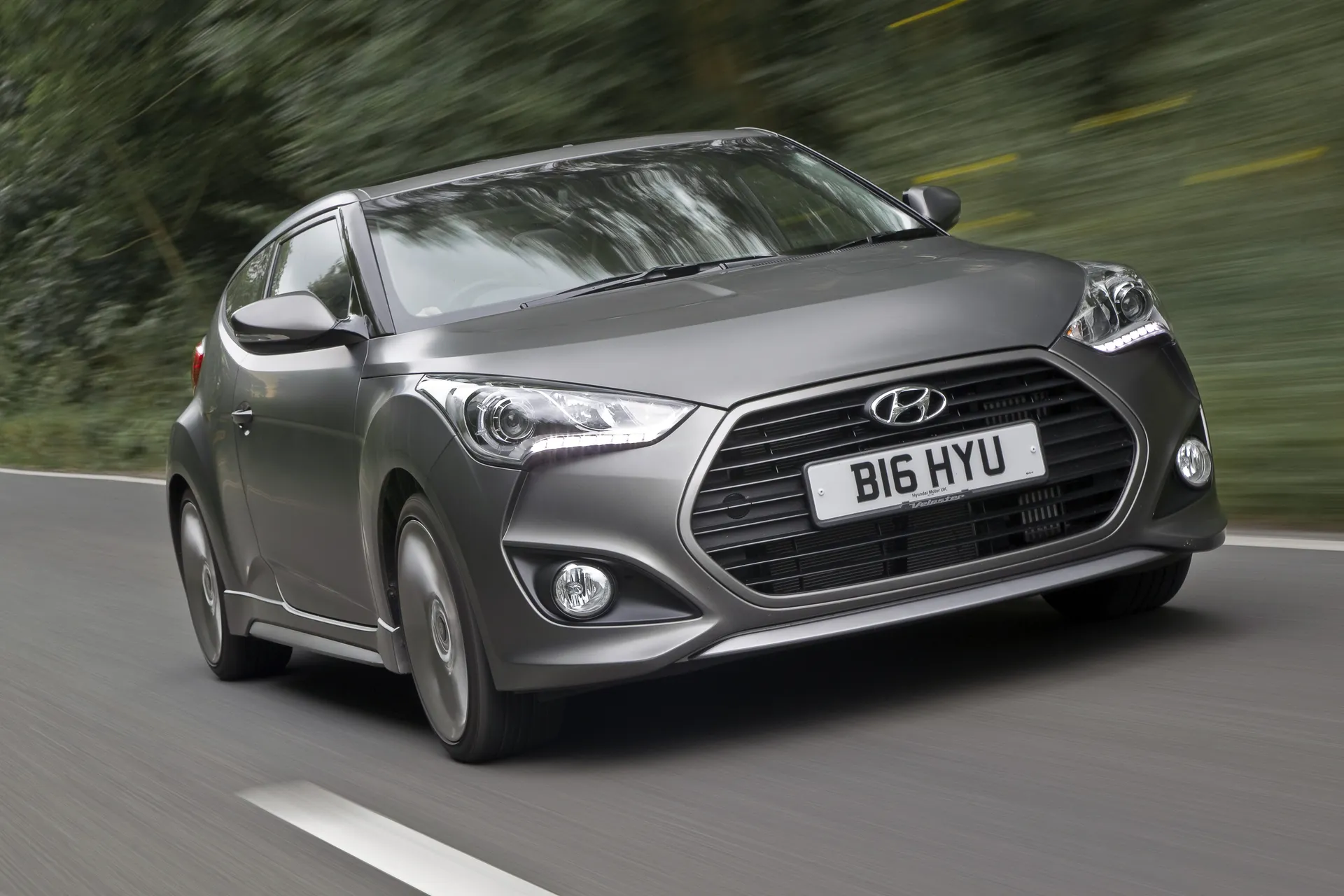
There are certainly worse cars for ride quality but they tend to be high-performance models. A similarly fast Volkswagen Scirocco is far more comfortable than the Hyundai Veloster.
Go for a Turbo SE model and you get a ‘sports focussed’ suspension set-up, which is usually code for more uncomfortable. However, the changes actually make the Hyundai Veloster Turbo more comfortable and it crashes less over bumps.
On the plus side here, the Hyundai Veloster does handle well. It’s one of Hyundai’s best handling cars thanks to lots of grip and little in the way of body roll, helped by the low centre of gravity. It may not be quick (more on that shortly) but it gives you more than enough confidence to throw it into corners.
Our one big criticism here is the lack of natural feel through the steering. It’s decently weighted, but like many modern cars, feels quite numb. It’s still responsive though and although not brilliant, has a suitably sporty feel to it.
What engines and gearboxes are available in the Hyundai Veloster?
Just one engine was originally available in the Hyundai Veloster. A 1.6-litre petrol badged GDi, it produces a healthy 140PS and has decent get up and go around town. It can feel pretty breathless at times and needs to be worked hard to get the best out of it, but it’s reasonably nippy at lower speeds.
The standard six-speed gearbox has a rewardingly positive shift, albeit a little notchy on occasions, but it’s in keeping with the idea that this is a sports coupe. There is also an automatic in the shape of a twin-clutch DCT gearbox which although offering quick changes, does make the Hyundai Veloster feel a little lethargic. We’d stick to the manual.
In 2014 Hyundai introduced a turbo version of the same engine. The 1.6 T-GDi has power upped to 186PS while torque increased from just 167Nm to a much more useful 265Nm.
Badged the Hyundai Veloster Turbo SE (although we were never quite sure why it needed the SE), this brought some much needed zest. The big difference is at low speeds where the increase in pulling power means it doesn’t need to be worked as hard as the standard 1.6 GDi.
With better in-gear acceleration, the Hyundai Veloster Turbo SE gives you performance with a bit more meaning. It’s not quite hot hatch fast, but with a 0-62mph time of 8.4 seconds at least has the pace to back up the looks.
Refinement and noise levels
The standard 1.6 GDi engine needs to be worked quite hard to get any meaningful performance and unfortunately, this means a lot of noise. That wouldn’t be too bad if it was a nice noise, but instead it’s boomy and intrusive, despite a triple layer of noise insulation behind the dashboard.
There’s a fair amount of road noise in the cabin too and although wind noise isn’t an issue (Hyundai says even the door handles have been designed to minimise wind noise) it can be quite noisy unless you’re cruising on a smooth motorway.
The Turbo SE model is better in terms of refinement and noise. The engine doesn’t need to be worked as hard and is, therefore, quieter while the improved ride quality means less vibration and knocks making their way into the cabin.
Safety equipment: How safe is the Hyundai Veloster?
With the maximum five-star safety rating from Euro NCAP, the Veloster is one of the safest coupes around with a 96% rating for adult occupant safety and 89% for child occupants with the crash test noting that the Hyundai Veloster’s seats and head restraints provide good protection against whiplash injuries in the event of a rear-end collision.
All models of the Hyundai Veloster come with ESP electronic stability programme, plus front, side and curtain airbags along with an engine immobiliser and reversing sensors.
MPG and fuel costs: What does a Hyundai Veloster cost to run?
"The Hyundai Veloster should prove reasonable when it comes to running costs. The standard 1.6 GDi returns around 42mpg, not far short of its claimed 43.5mpg with the DCT automatic about the same. Thanks to its 50-litre fuel tank, you can cover around 460 miles on a full tank of fuel."
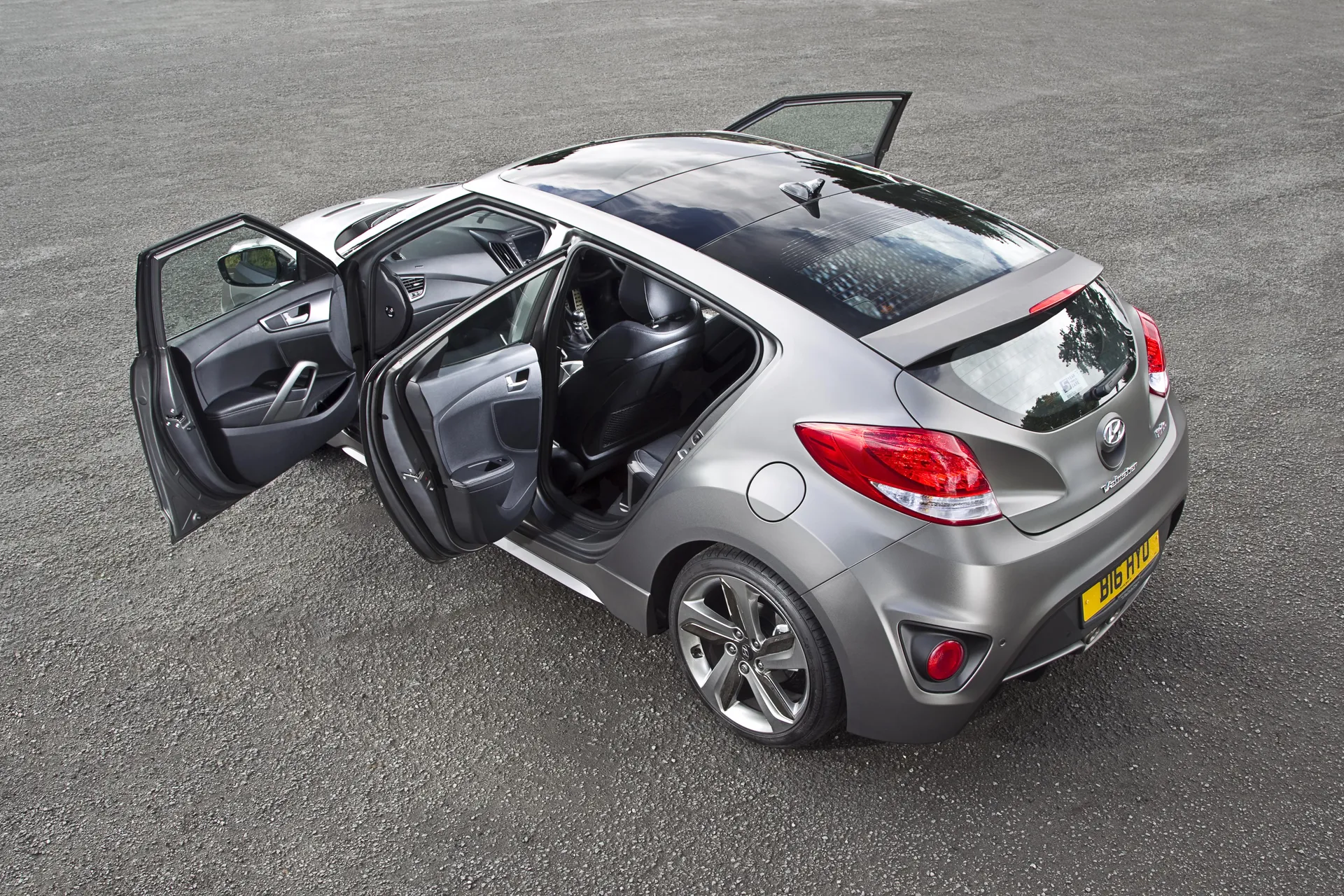
The Turbo uses more fuel as you’d expect but you will still see 39mpg which is not a bad trade off given the increase in power. One good thing to note is that the Hyundai Veloster actually manages to get close to its official claimed MPG figures, which is a rare thing.
How reliable is a Hyundai Veloster?
Unsurprisingly the Hyundai Veloster did not feature in the HonestJohn.co.uk Satisfaction Survey, which reflects how briefly it was on sale and just how few examples were sold.
However, Hyundai finished third overall in the same survey, demonstrating how satisfied owners are with their Hyundais. The Hyundai Veloster is an older design, but if you get a good example it should provide trouble-free motoring.
Insurance groups and costs
The Hyundai Veloster wins when it comes to insurance and premiums will cost you much less than a Toyota GT86 or a similarly powered Volkswagen Scirocco. The standard models are all group 16 for insurance, compared to group 28 for a GT86.
The Turbo models sit in group 20 and 21 but that’s still much lower than something like a Volkswagen Scirocco 2.0 TSI at group 30. Shop around and you can get a very good deal on insurance for a Hyundai Veloster, especially if you keep it on a driveway.
VED car tax: What is the annual road tax on a Hyundai Veloster?
While it may do well on insurance, the Hyundai Veloster isn’t so good on VED. The cheapest model for tax is the BlueDrive but you’ll do well to find one on the used market, and you'll pay £165 a year tax.
But most models like the 1.6 GDi SE are £180 a year, while the Turbo will cost you £220 a year in road tax.
How much should you be paying for a Hyundai Veloster?
"Going for a Hyundai Veloster is certainly a very affordable way of getting an unusual coupe and at the bottom of the market you can find models for as little as £4,000. As always though, you’re better off buying from a reputable dealer (and avoiding any cars with insurance write off categories)."
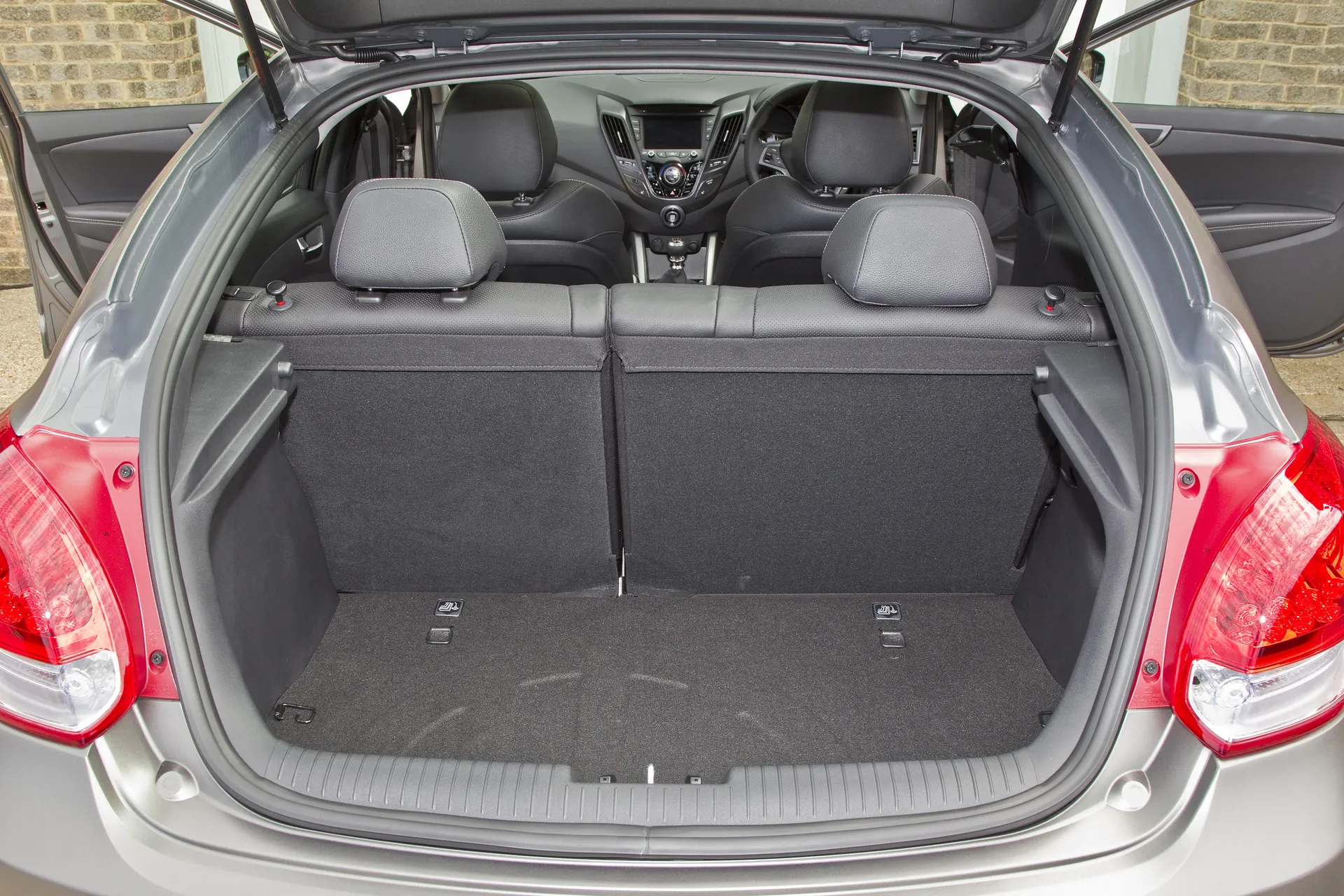
You can find a good quality model with reasonable miles for around £5,000 but just be aware that as this was never a big selling model, there aren’t that many on the used market. It means you have to be patient if you’re after a particular model and colour.
A search of the HeyCar classifieds turned up a 2015 1.6 GDI SE with only 30,000 miles for £9,500.
Trim levels and standard equipment
The standard Hyundai Veloster SE comes with most things you’ll want with 17-inch wheels, heated door mirrors, all round electric windows, Bluetooth as part of the 7.0-inch touchscreen, climate control and reversing sensors.
The Hyundai Veloster Sport looks good and gets extras like 18-inch alloy wheels, leather upholstery with heated front seats, cruise control and keyless entry. This would be our choice were it not for the panoramic glass roof that’s also standard and robs the car of headroom.
The Hyundai Veloster Turbo SE has unique bumpers, a different grille plus a redesigned rear spoiler and LED rear lights along with 18-inch alloys with chrome inserts. Inside it has the Media Pack as standard plus re-designed leather seats with grey panel while the driver’s seat is electrically adjustable with lumbar support.
There were several options available that are worth looking for on used models. Features like the red leather upholstery or the Media Pack (available on Hyundai Veloster Sport only) which added navigation and a rearview camera plus an eight-speaker audio system.
Ask the heycar experts: common questions
Is the Hyundai Veloster a good car?
What problems do Hyundai Velosters have?
Are Hyundai Velosters fast?
Get our latest advice, news and offers
Keep me updated by email with the latest advice, news and offers from heycar.
By submitting you agree to our privacy policy


